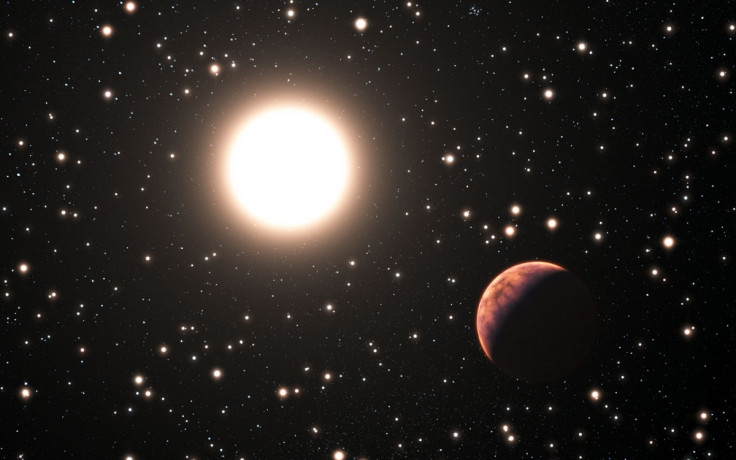Astronomers Get Methane-Detecting Tool to Search for Alien Life

The search for extraterrestrial life has been bolstered with a tool that detects methane on planets outside our solar system – the simplest sign of alien life.
Scientists at University College London (UCL) and the University of New South Wales said their new tool to detect life is the most accurate to date.
Published in the Proceedings of the National Academy of Sciences, the team developed a spectrum to detect "hot" methane, which can be used to find the molecule at temperatures higher than those found on Earth.
The model can detect methane in temperatures up to 1220C – something that has never been possible before.
Jonathan Tennyson, co-author of the study, said: "Current models of methane are incomplete, leading to a severe underestimation of methane levels on planets. We anticipate our new model will have a big impact on the future study of planets and 'cool' stars external to our solar system, potentially helping scientists identify signs of extraterrestrial life."
Methane is the simplest organic molecule and is widely acknowledged as a sign of potential life on other planets.
To work out what exoplanets are made of, astronomers analyse how their atmospheres absorb light and compare it to a model to identify the molecules.
The researchers used advanced supercomputers to calculate about 10 billion spectroscopic lines – 2,000 times bigger than any previous study. Each line has a distinct colour at which methane can absorb light, meaning it can give much more accurate information about methane at a broader range of temperatures.
Lead author Sergei Yurchenko said: "The comprehensive spectrum we have created has only been possible with the astonishing power of modern supercomputers which are needed for the billions of lines required for the modelling."
He said their research could also be expanded to reach even higher temperatures: "We are thrilled to have used this technology to significantly advance beyond previous models available for researchers studying potential life on astronomical objects, and we are eager to see what our new spectrum helps them discover."
© Copyright IBTimes 2025. All rights reserved.






















